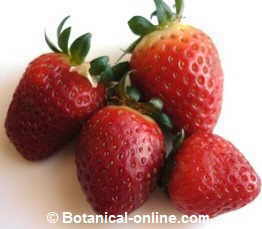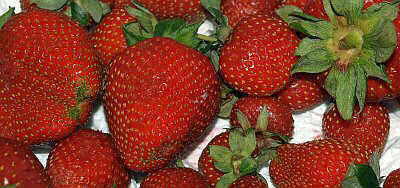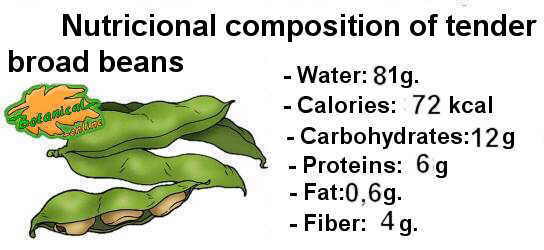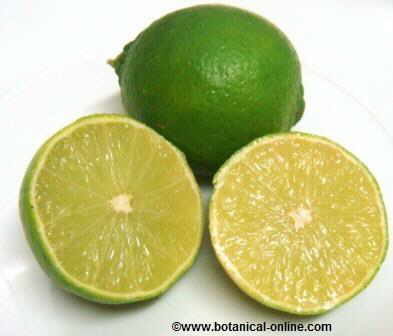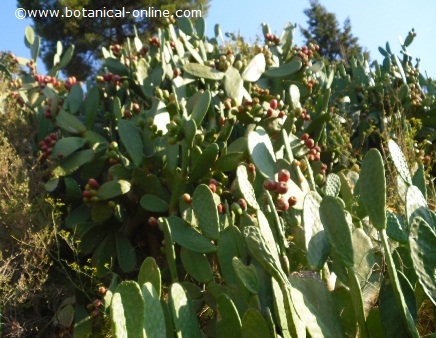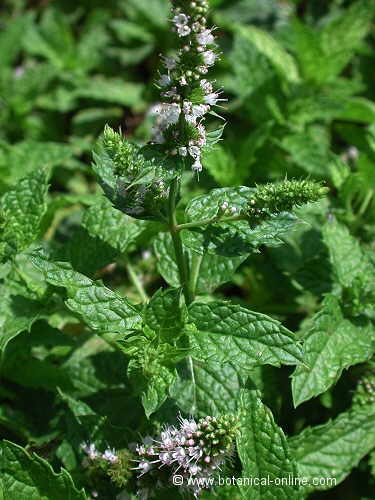Contents
PROXERONINE PROPERTIES
What is Proxeronine?
Proxeronine is a substance discovered in 1985 by biochemist Ralph Heinicke in one of his research on the properties of pineapple. Later, the same scientist found this substance in noni fruit.
One of the most important arguments to explain the medicinal properties of Noni is the presence in the fruit of a substance called Proxeronine. This component is mentioned in the reports of biochemical Ralph Heinicke, and was completely unknown in biochemical and medical literature so far.
Ralph Heinicke devoted many years of his life to research on noni fruit, and Proxeronine is one of his greatest contributions to explain the properties of the fruit. He began his research of noni in Hawaii, where it grows naturally and where this fruit has been used in traditional medicine for centuries.
How does Proxeronine act?
Biochemist Ralph Heinicke maintains the hypothesis that noni contains an alkaloid called Proxeronine, that becomes xeronine in the body by the action of an enzyme called proxerinase.
This substance is purportedly capable of modifying the molecular structure of proteins, thus having several different biological activities that explain the variety of uses for this plant.
Medicinal properties of Proxeronine
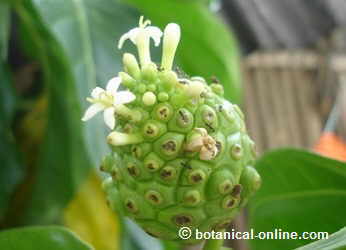
Flowers of noni
According to Ralph’s hypothesis, xeronine has the exceptional quality of repairing the proteins in the body. Proteins exert multiple functions, so repairing these proteins would have a very beneficial effect on health in many ways.
Mr. Heinicke explains that, when the body sees a protein that is not in the proper conformation ( situation induced or caused by scientific studies), this protein can not perform its function. Proxeronine converted into xeronine is adapted to rotate and makes the protein folds into its correct conformation, thus recovering its function.
Therefore, xeronine is a natural regulator of metabolism and biological functions. This hypothesis helps explain why noni juice has been proven effective in treating a variety of diseases. Ralph Heinicke wrote: “I have devoted much of my life studying this unique substance that I call ‘Xeronine’. I’m convinced of the enormous profits made by decorating the body with an adequate supply of this alkaloid.”
For all these properties, Heinicke advised noni for the treatment of diabetes, hypertension, bone fractures, cancer and arthritis. (More information about noni for cancer)
Concerns about proxeronine
The discoveries contributed by the prestigious researcher Ralph Heinicke about this extraordinary component are unquestionable, as proxeronine appears in all the studies of noni fruit.
However, it is noteworthy that this compound has only been investigated in studies of Ralph Heinicke, who claims the extraordinary properties of this compound, and that, as late as 2012, has not yet brought the chemical structure of this supposed alkaloid.
The botanist Will McClatchey, University of Hawaii, showed in one of his publications the controversy of the properties of this component, and botanically speaking, he said it was not supported by any evidence. Some scholars believe that proxeronine is just a sales pitch for the noni fruit.
Regardless of the doubts about proxeronine, the medicinal properties of this fruit are supported by the medical tradition of the aboriginal peoples of the islands of the Pacific and Indian Oceans.
![]() More information on noni.
More information on noni.


